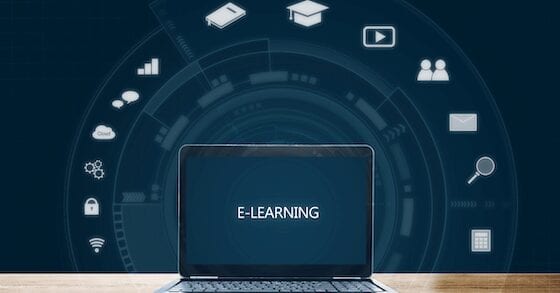
The education sector is likely to see significant changes in the post-COVID era. As safety of children was the primary concern, many educational institutions in India had to close abruptly even before the nationwide lockdown was announced. It is possible that these will be among the last to open once the lockdown eases. While many schools have adopted technology to continue with regular classes for their students, an all-inclusive strategy needs to be adopted to make education effective and accessible to all.
Here, we focus on strategies that could be adopted specifically by private schools catering to the lower income groups of our society. Interestingly this category of schools is a huge segment, second only to Government run schools. As affordability is a key criterion for this segment, we will focus only on simple online tools that can be effectively used for communication between teachers and students like email, WhatsApp, videoconferencing tools like Zoom, Skype, as well as simple Learning Management Systems like Google Classroom which is free for schools.
In the coming months the norms of social distancing will still be in force. Therefore, even when physical classrooms do begin, schools will need to adopt a blended model that combines online and offline classes. From the schools’ perspective, moving online is a question of WHEN rather than an IF. Along with this schools will also have to look at a synchronous-asynchronous mode of learning.
Need for both Synchronous & Asynchronous modes:
Synchronous sessions are LIVE sessions that use videoconferencing tools like Zoom or Skype. Here the children are able to see their friends and teachers. Social interaction, though digitally, is significant to a child’s mental health and these sessions though different from real-time interactions can be important for children at a time when they are confined to their homes. However, the biggest challenge in the synchronous mode is the ability to test and assess a child’s understanding of a subject. Besides it may be cumbersome and time consuming for teachers to scan hand written notes and share it with the students.
To manage these issues schools may have to adopt Learning Management Systems (LMS) that offer a combination of synchronous and asynchronous modes of learning. The teachers can have LIVE sessions but also push content to students, conduct quizzes, assignments, tests, grade them and provide feedback – within the same system. The students and parents will be able login to the system and see the history of what has transpired so far. The students will also be able to view their own performance in tests and assignments. Most importantly, the teachers can also view content and repeat it if necessary, for better learning.
In addition to synchronous classes, the asynchronous mode would allow teachers to assign group projects. These groups projects will encourage students to interact and work collaboratively for points leading to gamification and healthy competition. Software tools that have synchronous and asynchronous modes can also be used to structure classes with a timetable similar to that of a physical classroom timetable. These can help the school administration and teachers to keep track of attendance.
As schools recalibrate their schedules to these new models, they must take care to integrate physical fitness, life skills, arts and crafts into their new timetables. Instead of devoting an entire hour for Physical Training, schools could look at including a 15-20 minute exercise session as a fun activity at the start of every day. Similarly, short sessions on areas like crafts and fireless cooking can be introduced to keep children curious and engaged.
Whether children of primary school (less that grade 4) should be exposed to online classrooms and virtual world has been a subject of much debate. Some schools have stated videoconferencing classes for pre-primary and primary students. In the case of young children, the involvement of parents is crucial in supporting and enhancing learning outcomes. While teachers may conduct classes online, all asynchronous learning needs must be supported by the parents.
Teacher training for online delivery:
Perhaps the single biggest challenge for schools is training teachers and students. Most school teachers have never worked with the online format and will require to relearn teaching methodologies to succeed in this area. They need to understand the teaching tool they will be using as well as learn to structure the class so that they can hold the attention of 30-40 virtual students.
With adequate planning, change in policies and processes as well as focused training, these solutions can be successfully adopted by schools. This process needs to be rolled out immediately so that the schools can switch to the blended model of learning as soon as the Government allows opening of physical classroom with rules and restrictions on timings, social distancing norms and other criteria.